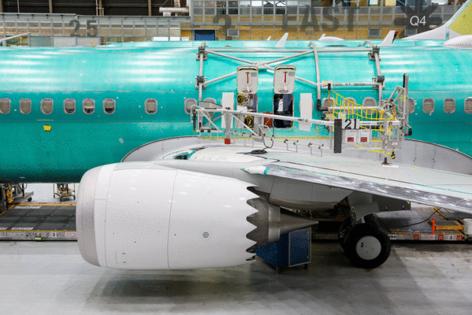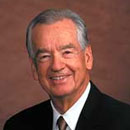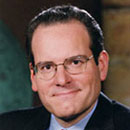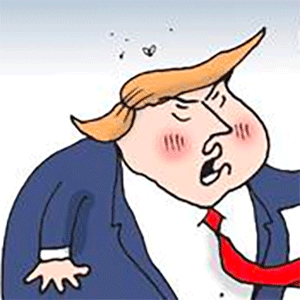NTSB warns about Boeing 737 Max engine issue that could lead to smoke in cabin
Published in Business News
U.S. safety investigators called for urgent action to be taken in response to an engine issue on Boeing Co. 737 Max aircraft that can lead to smoke in the cockpit or cabin.
The National Transportation Safety Board’s recommendation comes after at least two incidents in which planes were filled with smoke after large birds struck their engines. Both mishaps involved 737 Max aircraft flown by Southwest Airlines Co. and powered by Leap-1B engines made by CFM International, a joint venture of GE Aerospace and Safran SA. The NTSB linked the incidents to a malfunction with one of the engine’s key safety features.
The safety agency on Wednesday called on the Federal Aviation Administration to ensure flight crews are alerted to the problem and to emphasize revisions Boeing has made to flight manuals detailing steps pilots should take if they encounter the issue. It also asked the FAA, as well as aviation authorities for the European Union and China, to determine whether the same issue exists in other variants of the Leap engine used by Airbus SE and Commercial Aircraft Corp. of China Ltd., known more commonly as Comac.
In addition, the NTSB called on U.S. and European regulators to require operators with affected engines to incorporate software modifications developed by Boeing and CFM, once complete. The Leap is the sole engine on the 737 Max and the most widely used option on the A320neo family of Airbus planes — making it the dominant latest-generation powerplant for the world’s top-selling narrowbody aircraft.
The FAA said that both the regulator and Boeing have alerted operators to the issue. “We advised operators to evaluate their procedures and crew training to ensure they address this potential issue,” the agency said in a statement. “When the engine manufacturer develops a permanent mitigation, we will require operators to implement it within an appropriate timeframe.”
Shares of General Electric Co., which operates as GE Aerospace, ended Wednesday trading in New York with shares nearly unchanged. Boeing declined 1.3%.
A spokesperson for CFM said in a statement that work is already underway to address the smoke risk, including on a software update for the Leap-1B and on assessments to determine whether other variants have a similar issue.
Boeing said in statement that it has been working with CFM on the software update and supports the NTSB’s recommendation.
“We’re reviewing the recommendations and have mitigation procedures currently in place,” Southwest said in a statement. The carrier said it is in close contact with the FAA, Boeing and CFM on the issue and on identifying a permanent solution. Southwest also said it notified its flight crews about the potential effect from some bird strikes following the incidents, which both occurred in 2023.
The NTSB announced in November that it was investigating one of the 2023 occurrences.
That decision came after the FAA said it would be convening a Corrective Action Review Board to evaluate internal recommendations compiled by a small group of the regulator’s investigators that had leaked to the public.
The recommendations included a short-term fix that would require pilots to temporarily alter takeoff procedures, while Boeing worked on a more permanent solution. But ultimately, the FAA’s Aircraft Certification Service determined that the interim change wasn’t necessary and instead proposed mandating a longer-term fix to update the engine software, according to a memo from the Transportation Department’s Office of Inspector General. The watchdog announced in April that it would conduct an audit to assess the FAA’s actions in response to the smoke incidents.
In both cases, damage to the fan blades following the bird strikes activated a safety feature known as the load reduction device in the Leap-1B engines, which is meant to protect the aircraft from heavy vibrations that can cause further problems. However, in those instances when the system activated there was a malfunction that led to oil leaking into the hot section of the engine, causing smoke to enter the cockpit or cabin and posing a potential safety risk.
(With assistance from Tonya Garcia.)
©2025 Bloomberg L.P. Visit bloomberg.com. Distributed by Tribune Content Agency, LLC.












Comments